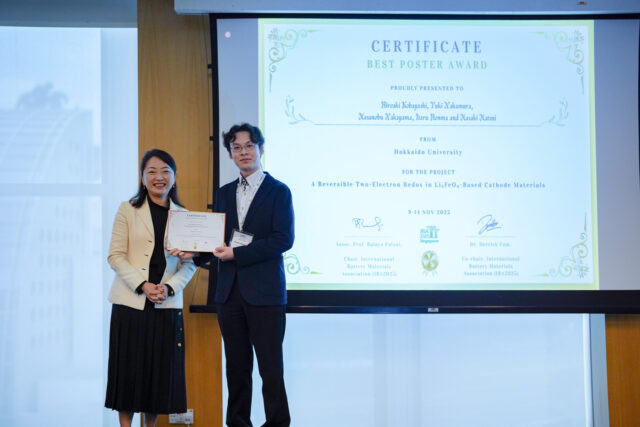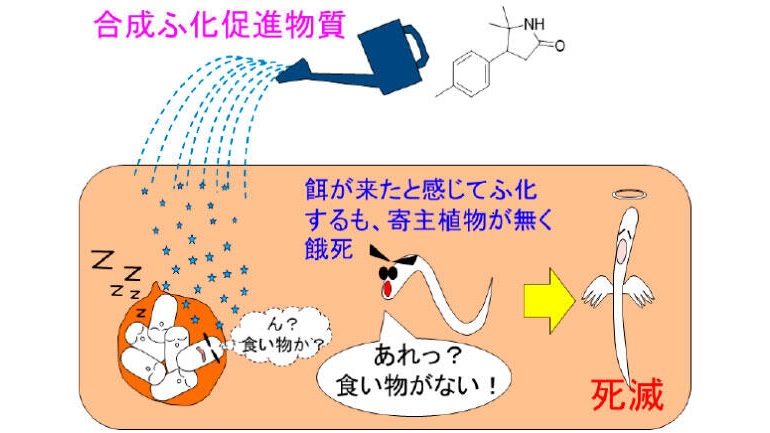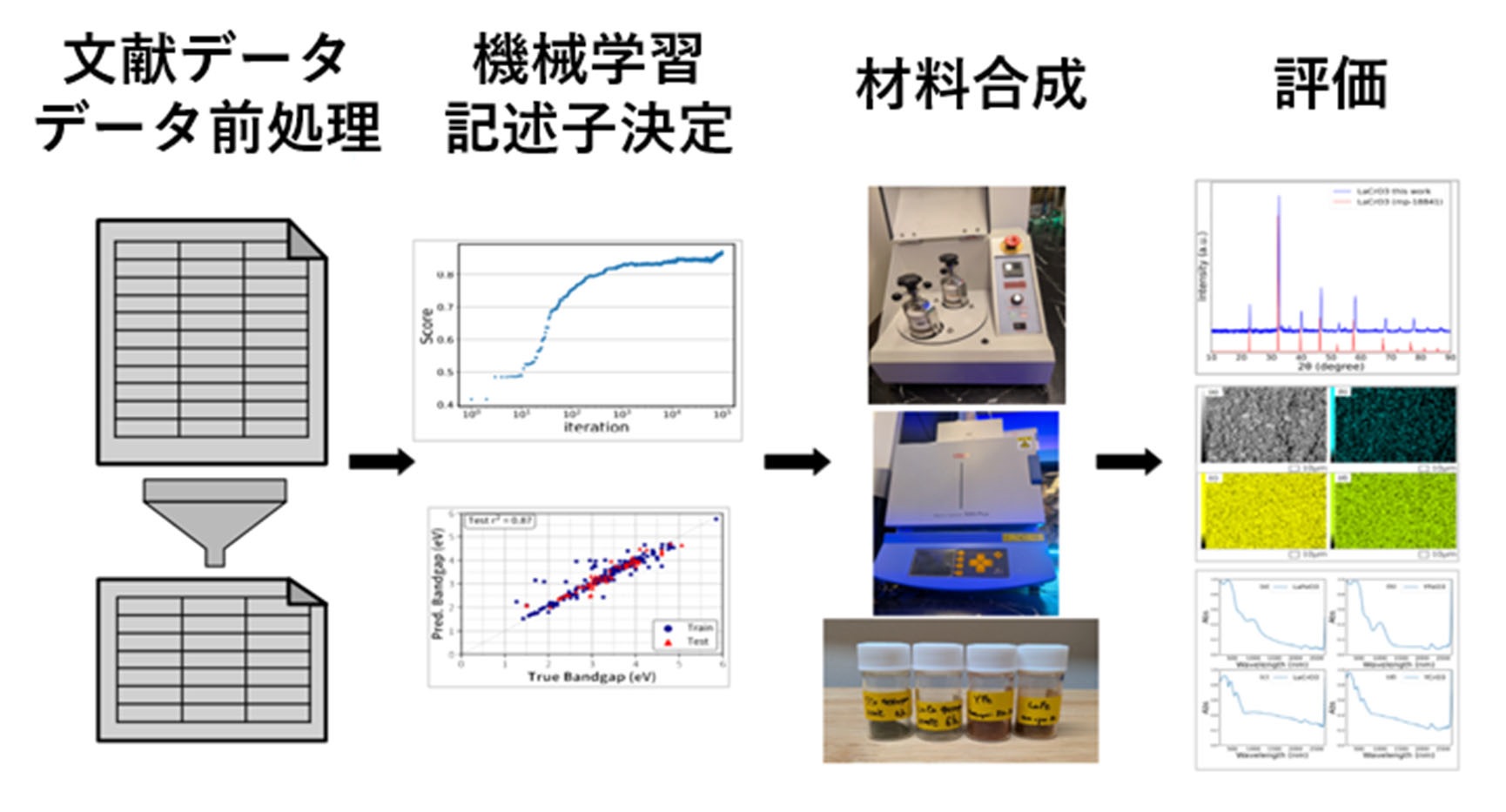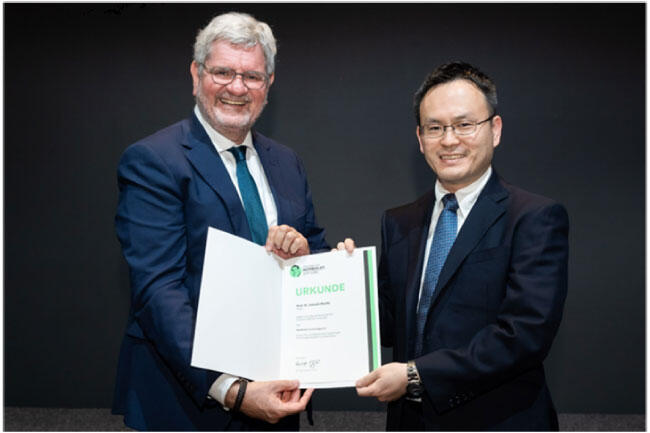Simplified process shines light on new catalyst opportunities
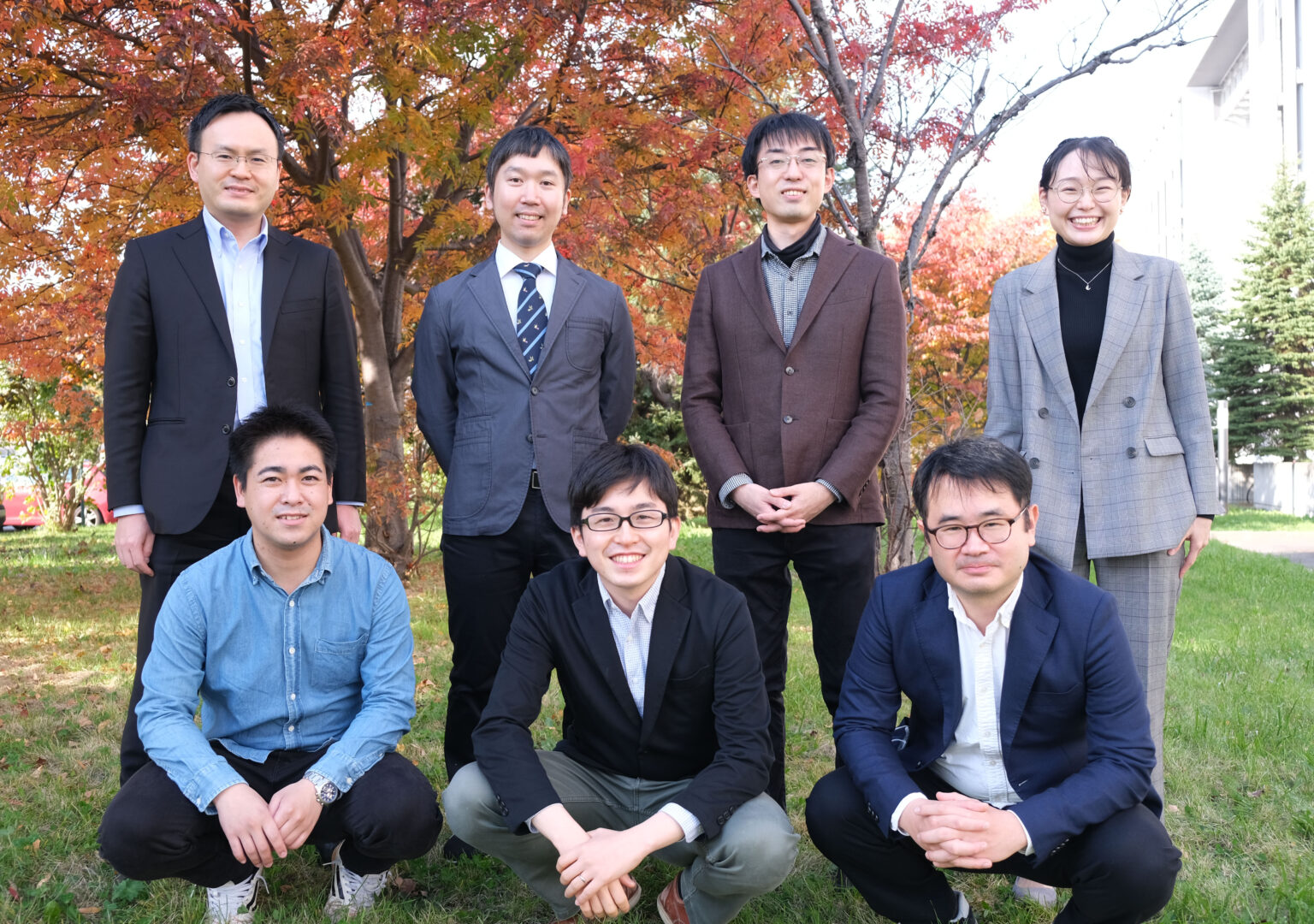
Theory-guided development of an easier, more versatile process for synthesizing unsymmetric ligands provides new avenues of exploration in transitional metal catalysis.
Researchers at the Institute for Chemical Reaction Design and Discovery (WPI-ICReDD) have discovered the key to synthesizing a molecular tool that could greatly expand the variety of catalytic reactions possible with transition metals. The team has taken a well-established set of compounds that can be used to make transition metal catalysts and developed a simple, radical-based reaction for creating unsymmetric variants of these molecules using mild conditions. Easier access to a wider variety of these unsymmetric compounds opens a realm of new possibilities for designing transition metal catalysts.
For more details, please see the press release by Hokkaido University
Original article:
Hideaki Takano, Hitomi Katsuyama, Hiroki Hayashi, Wataru Kanna, Yu Harabuchi, Satoshi Maeda, Tsuyoshi Mita. A theory-driven synthesis of symmetric and unsymmetric 1,2-bis(diphenylphosphino)ethane analogues via radical difunctionalization of ethylene. Nature Communications. November 21, 2022.
DOI: 10.1038/s41467-022-34546-5



